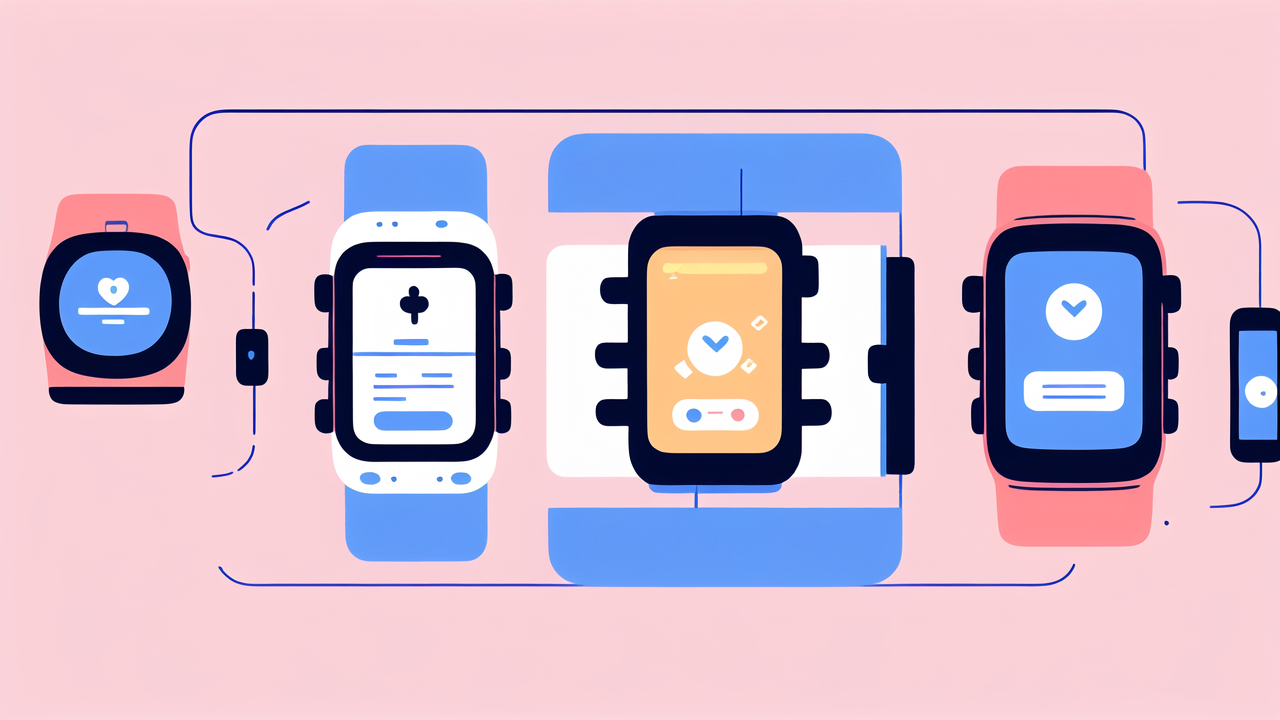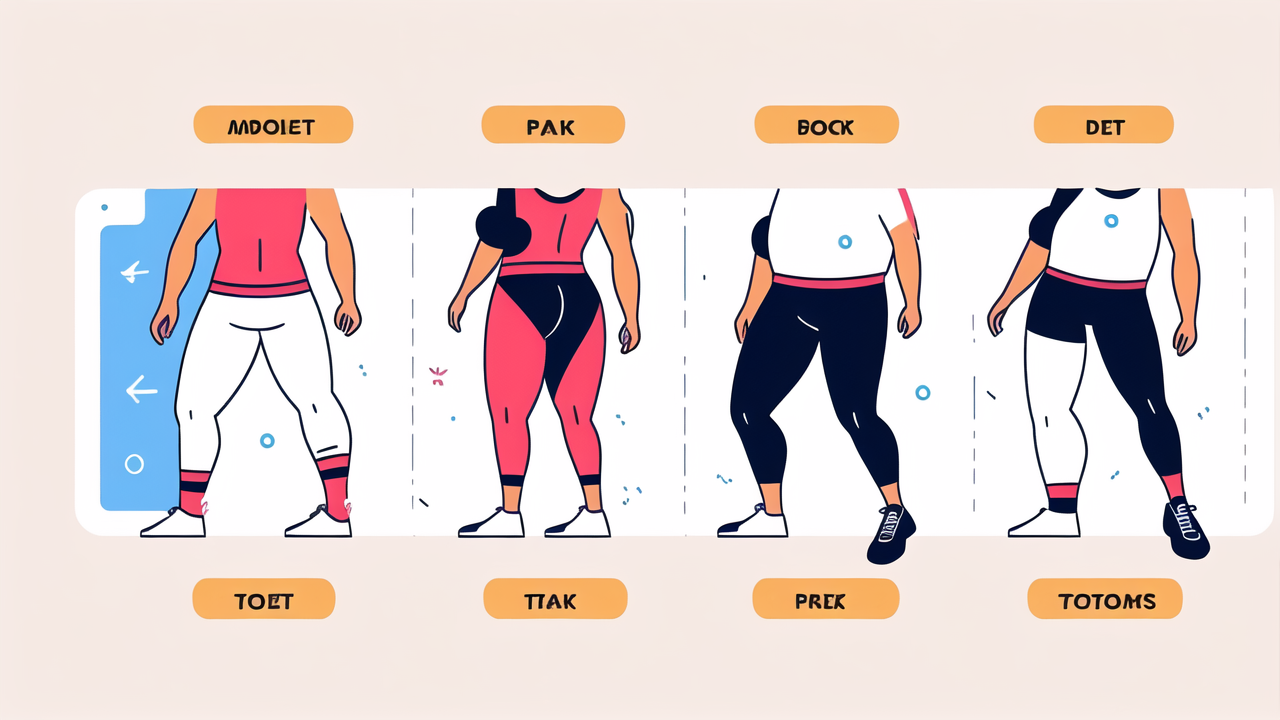Introduction to Wearable Technology in the United States
The Evolution of Wearable Technology
Wearable tech has come a long way in the US. It started with simple fitness trackers. Now, we have smart watches that do much more. These devices can track health, send messages, and even make calls. The growth has been rapid in recent years. Many Americans now own some form of wearable tech. This trend shows no signs of slowing down. Companies keep innovating, making devices smarter and more useful. The evolution of wearable tech is changing how we live and work. It's making our daily lives more connected and efficient. As the tech improves, we can expect even more exciting developments in the future.

Why Smart Watches are Gaining Popularity
Smart watches are becoming a must-have gadget for many Americans. They offer convenience that traditional watches can't match. Users can check messages, track fitness, and more, all from their wrist. This ease of use is a big draw for busy people. Smart watches also offer customization options. Users can change watch faces and add apps to suit their needs. The health tracking features are another big selling point. Many people use them to monitor heart rate, sleep, and activity levels. As prices come down, more people are trying smart watches. The tech is improving, making them more appealing to a wider audience. For many, a smart watch is now an essential part of their daily routine.
Analyzing the Benefits of Smart Watches Over Traditional Timepieces
Advanced Features of Smart Watches
Smart watches offer features that go far beyond telling time. They can track your steps, monitor your heart rate, and even measure your sleep quality. Many models allow you to make calls and send texts right from your wrist. You can also get notifications from your phone, so you never miss important updates. Some smart watches have GPS, perfect for runners and hikers. Others can play music or control smart home devices. You can even make payments with some models. These features make smart watches incredibly versatile. They're like having a mini-computer on your wrist. For many users, these advanced features justify the switch from traditional watches.

The Integration of Smart Watches with Lifestyle and Work
Smart watches are becoming an integral part of daily life for many Americans. They seamlessly blend into both work and personal routines. At work, they can help manage schedules and set reminders. They allow quick responses to messages without pulling out a phone. This can boost productivity and reduce distractions. In personal life, smart watches can track fitness goals and monitor health. They can guide you through workouts or meditation sessions. Some even help with navigation while driving or walking. The integration is so smooth that many users find it hard to go back to traditional watches. Smart watches are truly changing how we manage our time and tasks.
Health and Wellness Advancements in Wearable Technology
Wearable tech is revolutionizing personal health management. Smart watches can track various health metrics in real-time. They monitor heart rate, blood oxygen levels, and even detect irregular heartbeats. Some models can measure stress levels and suggest relaxation exercises. Many offer guided breathing sessions to help manage anxiety. Fitness tracking is a key feature, counting steps and calories burned. Some watches can even detect falls and call for help if needed. These health features are especially valuable for older adults and those with chronic conditions. They provide peace of mind and can potentially catch health issues early. As the tech improves, we can expect even more advanced health monitoring features.
A Critical Look at Smart Watches' Drawbacks and Challenges
Battery Life and Charging Convenience Issues
Despite their benefits, smart watches face some challenges. Battery life is a major concern for many users. Unlike traditional watches, smart watches need frequent charging. Most need to be charged daily, which can be inconvenient. This is especially true for those who use sleep tracking features. Having to remove the watch at night for charging disrupts this function. Some users find it annoying to have another device to charge regularly. The need for proprietary chargers can also be a hassle when traveling. While battery tech is improving, it's still a limiting factor for smart watches. This is an area where traditional watches clearly have an advantage. They can run for months or years on a single battery.

Navigating Compatibility and Ecosystem Challenges
Smart watches often work best within specific ecosystems. An Apple Watch, for example, works seamlessly with iPhones but not with Android devices. This can limit choices for users. It may also mean having to switch ecosystems if you change your phone. Some features may not work across different platforms. This can be frustrating for users who mix brands in their tech setup. App availability can also vary between different smart watch platforms. Not all smartwatch apps are available on all devices. This can be a problem if you rely on specific apps. Updates can sometimes cause compatibility issues too. These challenges can make choosing and using a smart watch more complex than a traditional watch.
Privacy and Security Concerns in Wearable Technology
As smart watches collect more data, privacy concerns grow. These devices track location, health data, and even financial information. This raises questions about data security and how companies use this info. There's always a risk of data breaches or unauthorized access. Some users worry about their data being sold or shared without consent. The constant connectivity of smart watches also raises security issues. They can be vulnerable to hacking, especially on public Wi-Fi networks. There are concerns about the long-term storage of personal health data too. Users must trust companies to protect their sensitive information. These privacy and security issues are not a concern with traditional watches. For some, this is a significant factor in choosing between smart and traditional timepieces.




Leave a comment
This site is protected by hCaptcha and the hCaptcha Privacy Policy and Terms of Service apply.